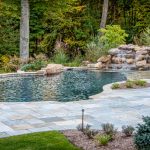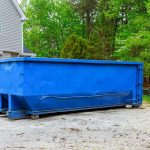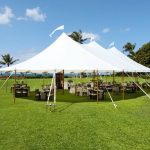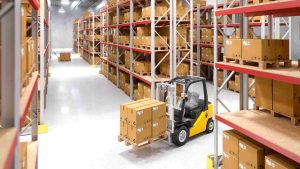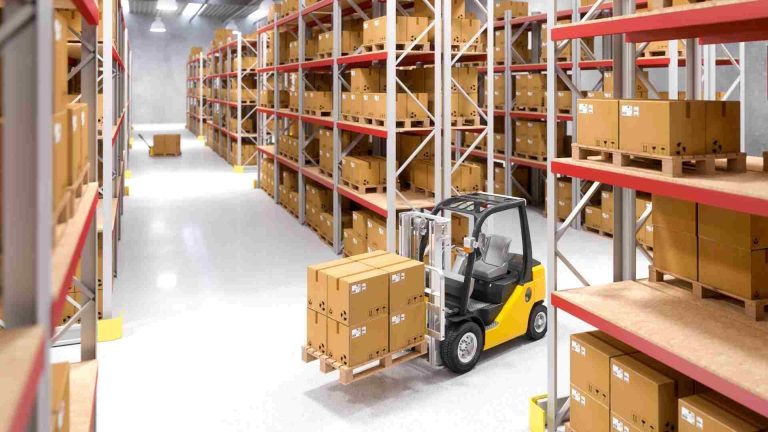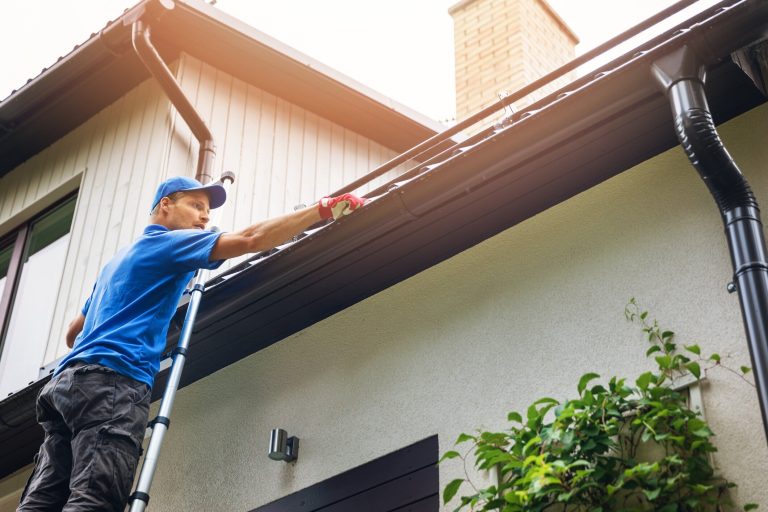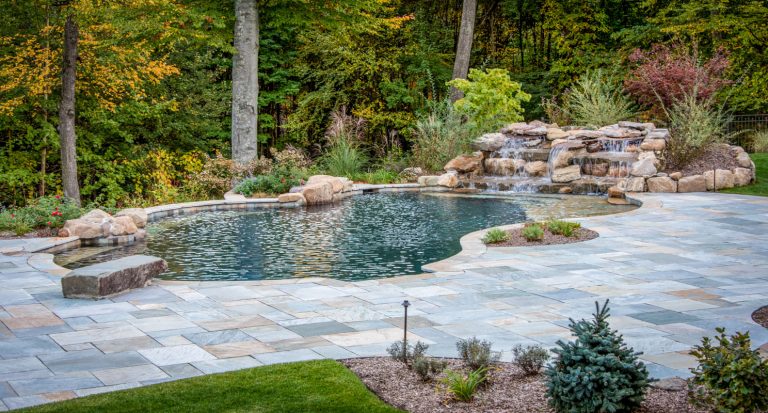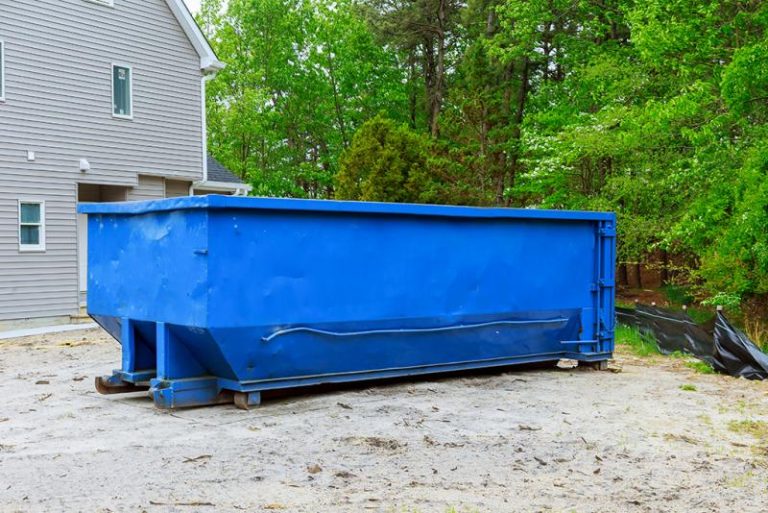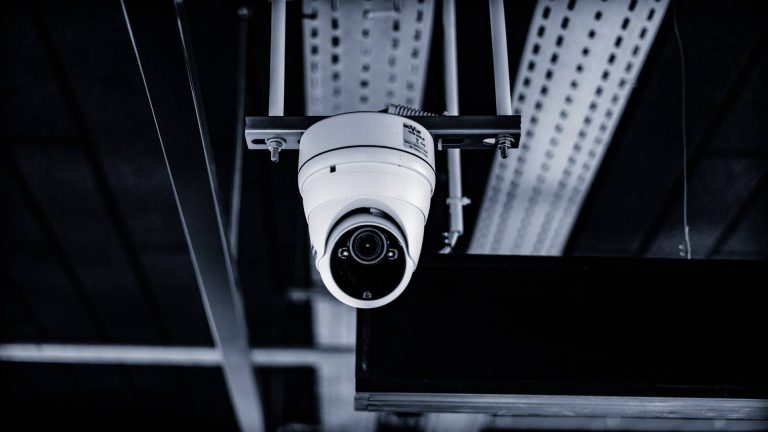The sector of manufacture of molds and matrices – and more specifically the manufacturers of molds of injection of high rotation – are experiencing big changes with respect to his processes of production. The challenge is basically how to find the right technologies to lower costs and production times to stay competitive, in an increasingly demanding market. mold inspection Miami lower level
Plastic injection molds
Compared with plastic injection molds, the molding parts are more resistant, more rigid, more stable in terms of dimensions and more resistant to heat, in addition to being much more superior than plastics in terms of properties and costs. They help avoid radio frequency and electromagnetic emissions. In the case of the chrome plating, the pieces of mold to pressure are much more superiors that the plastic. The press molding parts have a high degree of permanence under load in comparison with plastics, and are completely resistant to ultraviolet rays, wear and stress flaking in the presence of various reagents. Manufacturing cycles to produce press-molded parts are much faster than those of plastic injection molds.

Sand molding
Compared to sand molding, pressure molding requires much less machining. The pieces can be made with thinner walls and can have all or almost all the holes made with cut-to-size cores and smaller dimensional limits; they are produced faster in dies that serve thousands of molding pieces without replacement; they do not require new cores for each piece; they have inserts that stay in place and smoother surfaces; and imply much lower labor costs per piece of molding. Sand molding, on the other hand, can be done with ferrous metals and with many non-ferrous alloys that are not suitable for pressure molding. There are ways that cannot be produced with pressure molding but with sand molding; the maximum size can be larger;
Permanent mold die
casting Compared to permanent mold casting, die casting can allow for smaller dimensional limits and thinner sections; you can extract cores; Pressure molding parts are produced at faster speeds with less manual labor, have smoother surfaces and generally have a lower cost per piece. Permanent die casting involves somewhat lower tool costs, and can be done with sand cores to produce shapes that can not be produced by press molding.
Forgings
Compared to forgings, die-cast parts can have more complex shapes and some shapes cannot be forged; They can have thinner sections, smaller dimensions and cores that cannot be made with the forges. However, the forgings are denser and more resistant than the pieces of press molding, have properties of forged alloys, and also can be produced in ferrous metals and other metals and in sizes unsuitable for molding under pressure.




